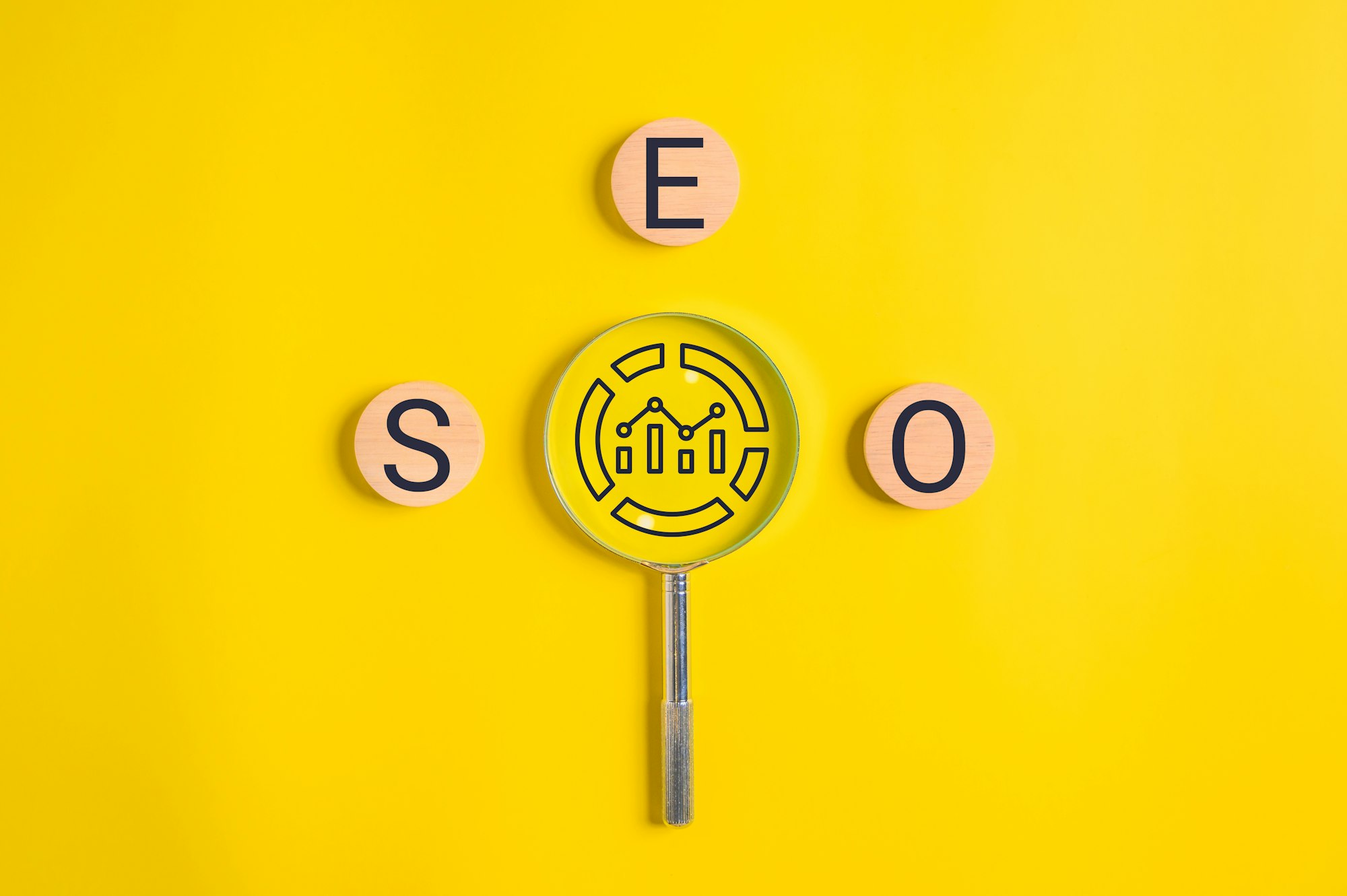Symbols are potent tools that transcend language barriers, communicating complex ideas and emotions with just a glance or a gesture. Across cultures and civilizations, symbols serve as powerful emblems of identity, heritage, and belief, encapsulating the values and aspirations of societies throughout history. In this exploration, we delve into the profound significance of cultural icons and emblems, unraveling their meanings and uncovering the stories they tell.
1. Symbolism in Culture and Society
Symbols hold immense cultural significance, representing shared values, beliefs, and ideals within a society. Whether it’s the national flag, a religious icon, or a cultural artifact, symbols serve as visual markers of identity and belonging, uniting individuals under a common banner and fostering a sense of unity and cohesion. From ancient symbols etched in stone to modern emblems emblazoned on flags and banners, the power of symbolism transcends time and space, resonating with people across generations and continents.
2. National Symbols and Identity
National symbols play a central role in shaping collective identity and pride, embodying the spirit and aspirations of a nation. Flags, anthems, and national emblems serve as visual representations of a country’s history, culture, and values, evoking feelings of patriotism and unity among its citizens. Whether it’s the stars and stripes of the American flag, the maple leaf of the Canadian flag, or the crescent moon and star of the Turkish flag, national symbols serve as powerful reminders of a nation’s identity and heritage.
3. Religious and Spiritual Symbols
Religious and spiritual symbols hold profound significance for believers, serving as sacred emblems of faith, devotion, and transcendence. From the cross of Christianity to the crescent moon of Islam, religious symbols convey deep spiritual truths and connect believers to the divine. Whether displayed in places of worship, worn as jewelry, or etched onto sacred objects, religious symbols serve as tangible expressions of belief and devotion, inspiring awe and reverence among the faithful.
4. Cultural Icons and Icons
Cultural icons and icons are symbols that have achieved widespread recognition and cultural significance, representing iconic figures, landmarks, and artifacts that hold special meaning for a society. From the Eiffel Tower in Paris to the Statue of Liberty in New York City, cultural icons serve as landmarks of human achievement and ingenuity, attracting millions of visitors each year and symbolizing the spirit of their respective cities and nations. Whether immortalized in art, literature, or popular culture, cultural icons inspire admiration and fascination, leaving an indelible mark on the collective imagination.
5. Personal Symbols and Identity
Symbols also play a central role in shaping individual identity and self-expression, serving as personal emblems of meaning and significance. From family crests and heraldic symbols to tattoos and jewelry, personal symbols reflect a person’s values, beliefs, and life experiences, serving as visual reminders of who they are and what they stand for. Whether passed down through generations or chosen as a form of self-expression, personal symbols hold deep personal significance and serve as touchstones of identity and belonging.
Conclusion
Symbols are powerful tools that transcend language and culture, communicating complex ideas and emotions with simplicity and elegance. Whether they’re national flags, religious icons, cultural landmarks, or personal emblems, symbols hold profound significance for individuals and societies alike, serving as visual markers of identity, heritage, and belief. By unraveling the meanings behind cultural icons and emblems, we can gain a deeper understanding of the rich tapestry of human culture and the timeless power of symbolism to unite, inspire, and transform the world.










